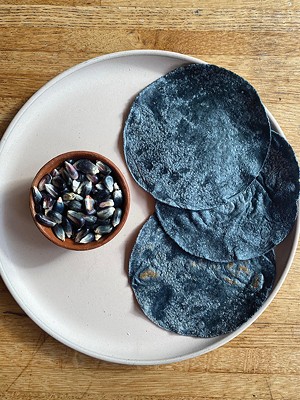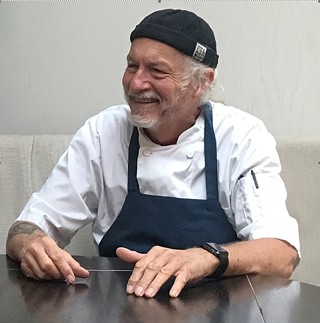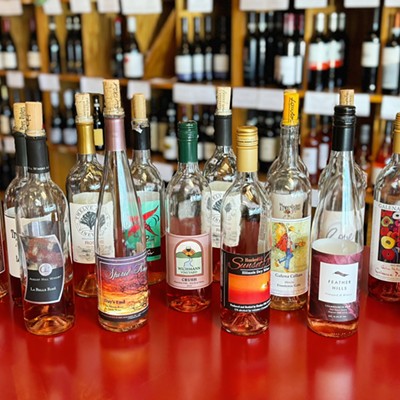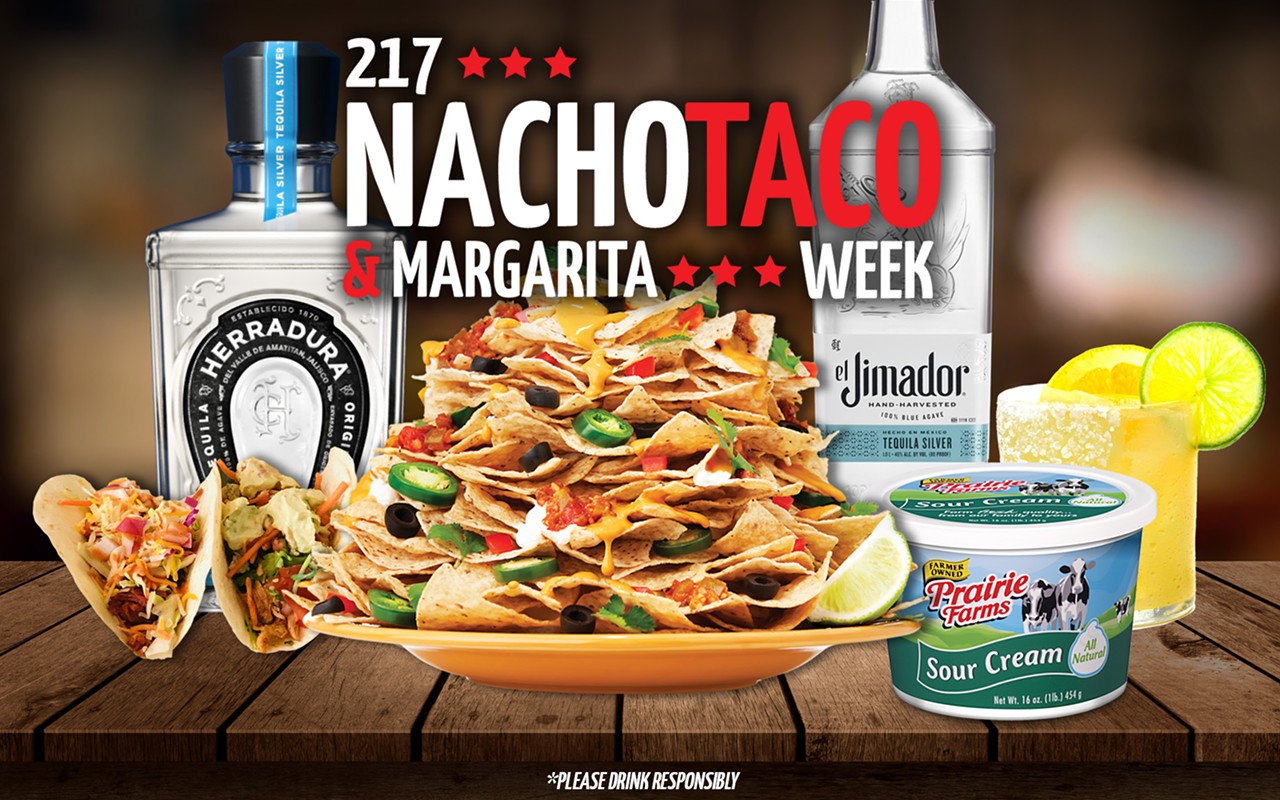The ancient Mesoamerican diet was plant-based and predominantly corn. With limited sources of animal protein, this pre-Hispanic culture developed a process known as nixtamalization as a way to make otherwise indigestible plant proteins more bioavailable. Adding wood ash to water raised the pH, making it alkaline. Boiling dry corn kernels in alkaline water made essential proteins, vitamins and minerals more digestible, turning corn into a nutritionally complete staple food. Nixtamalized corn could then be ground with volcanic millstones into a dough known as masa, which could be flattened and griddled into a tortilla. Nixtamalized corn is the reason the Aztec empire was able to thrive on a diet with minimal animal protein.
Nixtamalization changes the flavor and aroma of corn in ways that are addictive and almost impossible to describe. When a tortilla made from fresh masa is being griddled on a cast iron comal, it gives off a toasty aroma, like fresh popcorn. There's also a minerally aroma from the volcanic-rock millstones used to grind the corn. Tortillas made from masa smell fresh and grainy.
Nowadays, most tortillas found in restaurants and Hispanic markets are made from masa harina, a dehydrated, processed corn flour. Compared to fresh masa tortillas, tortillas made from masa harina only have a mild corn taste and are much less nutritious. It's like the difference between Wonder Bread and fresh bread from a bakery. Real masa must be made fresh daily because the dough dries out and sours quickly. Commercially packaged tortillas made from masa harina rely on acidulants, preservatives, emulsifiers, gums and flavoring compounds to improve their appearance, flavor, texture and shelf life.
Molino is a Spanish word meaning "mill" and in Mexico, a molino is a place where corn is ground to make masa for tortillas. Before industrialization, tortillas were made fresh on a daily basis to be consumed that day. Just like in France, where people would line up to buy their daily bread from a local boulangerie, people in Mexico would line up at a tortilleria to buy their daily tortillas. Today, small molinos are reviving this tradition and making fresh masa for tortillas from heirloom corn, using traditional methods.
On a recent trip to Brooklyn, I visited For All Things Good, a boutique molino and cafe selling masa, tortillas and masa-based traditional dishes. Their name is derived from the famous Spanish drinking expression about mezcal, a form of tequila: "Para todo mal, mezcal, y para todo bien, tambien" which means "For all things bad, there's mezcal. For all things good, the same." It was founded a year ago by Matt Diaz and Carlos Macias, two friends who met in Buenos Aires during college. Matt had a bachelor's degree in anthropology and was studying winemaking. Carlos was studying architecture. They remained in contact after college and 10 years later they both ended up in New York. Because they were unable to find authentic tortillas as good as they had enjoyed during their time abroad, they decided to open their own molino.
"Store-bought tortillas aren't very good," Matt explained, "So we asked ourselves 'How could we make them ourselves?' You need masa, but we couldn't get masa. You could only get masa harina, nixtamalized GMO corn that's been treated to have a longer shelf life. We asked ourselves, 'What would you need to make real masa?' You'd need heirloom corn and mill it with volcanic stones."
With a background in anthropology and the fervor of an evangelist, Matt continued: "Corn right now has a horrible reputation. It's over-processed and it's in everything. But corn is a beautiful crop. It's one of our longest cultivated crops, if not the longest in human history, with up to 10,000 years of cultivation. We are at a crossroad where the beautiful elements of corn could just get lost. It only takes a few generations of farmers not wanting to do this anymore and a whole portion of this crop will disappear. There's families who have planted the same corn in the same fields for generations. So much of this could get lost and nobody cares."
"Our main goal was to create awareness, so that people would say: 'This is what a real tortilla should taste like,' and go to their favorite taco spot and ask, 'Why don't you use heirloom corn?' In a lot of cases, they probably wish they could, but it just doesn't make economic sense. It's time-consuming. You nixtamalize the corn the night before and the next morning you spend three hours milling it. You can see why people don't want to commit if there's no demand for it. So for us and other active molinos around the country, the objective is to educate people to think about masa, and remember that corn isn't always bad. It's something our cultures have lived on for thousands of years."
"There are tortillerias in New York that are just mixing water with corn flour. Why would you do that? You spent all this money on machinery.... and you're just gonna use corn flour? I don't want to blame anybody. There's just no demand for it. Our direction is from the bottom up. Get consumers educated. Let's get them asking questions."
Even when the daytime temperatures in Brooklyn were hovering in the low 30s, the sidewalk outside of For All Things Good was always crowded with people eating at cafe tables and waiting for their carryout orders. After only a year, and in the midst of a pandemic, Matt and Carlos have become the Missionaries of Masa and their congregation is growing rapidly.
After spending a year as a wandering nomad in a school bus, Peter Glatz is heading to Minneapolis to be a bread baker and pasta maker.


















